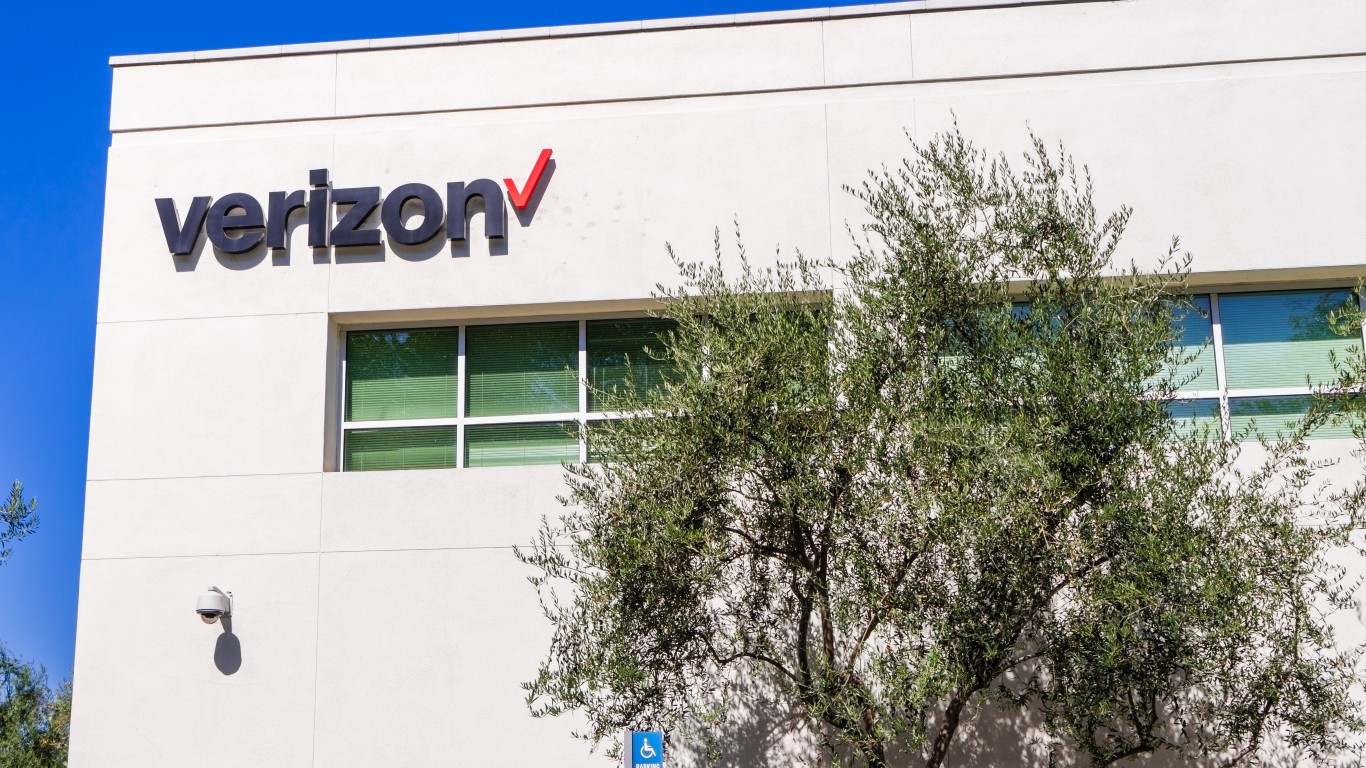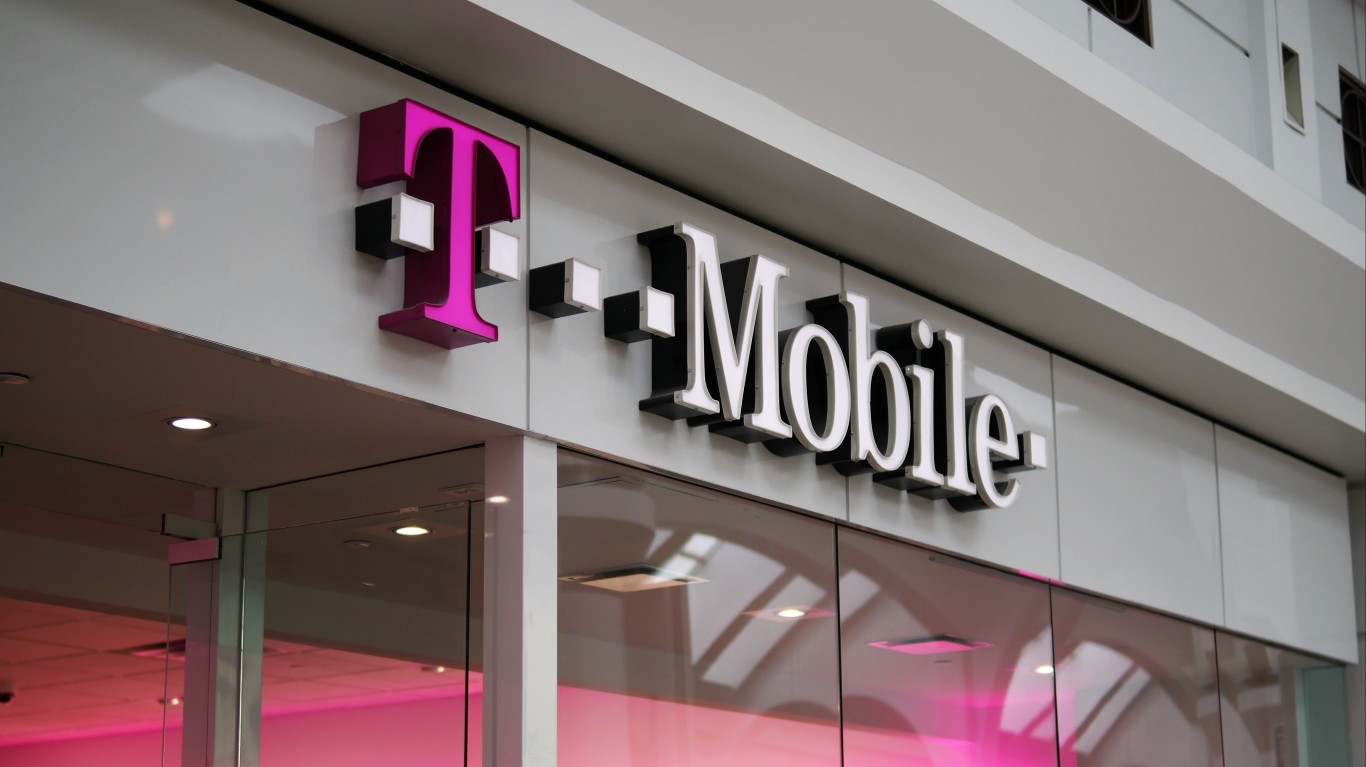In two weeks, AT&T Inc. (NYSE: T) will launch its HBO Max streaming service. Company executives have been out pumping up analysts and reporters, answering lingering questions about how and why the company expects this to work.
On Tuesday, Chief Financial Officer John Stephens spoke and answered questions at the MoffettNathanson Media & Communications Summit, and on Wednesday, Chief Operating Officer and CEO-to-be John Stankey did the same at the JPMorgan Technology Media and Communications Conference. Talking your book to Wall Street bankers and investors is a specialized skill, and AT&T executives have lots of experience using it.
At the Tuesday conference, John Stephens had to defend the high price for HBO Max compared to competitors like Netflix Inc. (NASDAQ: NFLX), with a basic subscription price of $8.99, and Amazon.com Inc.’s (NASDAQ: AMZN) Prime video, which is free with a subscription to Amazon’s Prime service.
At the JPMorgan conference, John Stankey also discussed the retirement of current Chief Executive Officer Randall Stephenson, whom Stankey will replace on July 1.
AT&T’s Story for HBO Max
The $85.4 billion merger with Time Warner has brought both HBO and the soon to be launched HBO Max under the AT&T tent. The company’s cable TV subscribers will get the service free if they already subscribe to HBO, as will subscribers to some other services. Otherwise, HBO Max will cost $15 a month ($12 if customers sign up before the May 27 launch date).
Stephens was asked to comment on AT&T’s positioning with HBO Max, given that the environment has changed so much since the product was first announced last year. Consumer demand for streaming services is higher than ever, but those same consumers have less cash to spend than they once did.
In reply, Stephens said that the new service has thousands more hours and titles and attracts more diverse audiences. Given that, Stephens said, “I think it’s at the right price point, and we’ll see how that plays out.”
That comment could be interpreted as arrogant or cautious, or both. AT&T was fortunate with the timing of the HBO Max launch. Whether the company takes advantage of that good fortune is down to management.
AT&T’s Story From Its New CEO
CEO-designate John Stankey was the CEO of WarnerMedia before AT&T swallowed up the company. His media background and expertise are about to face their first big test, and Stankey appears to be ready.
At the JPMorgan conference, he addressed the launch of HBO Max as a part of what he termed an “entertainment distribution platform” that began with a few networks. Those developed into cable and satellite TV systems, which in turn have become steaming services like HBO Max that will become the “aggregation point and distribution of entertainment moving forward.”
Stankey believes AT&T was and is now a software-driven firm that will be distributing a software product (HBO Max) that eventually will result in the company’s TV business and its streaming business “become one” as bundling and pricing “start to move together.” Note that Stankey is not talking about DirecTV here.
If there was ever any doubt that consumers hoping for a la carte pricing for entertainment were headed toward disappointment, Stankey’s comments should put those fading hopes to rest. Now that AT&T has spent $84.5 billion to become both a content producer and a massive distribution and network business, the company is not about to jettison the strategy that Randall Stephenson devised half a decade ago. Stankey’s job is making his inheritance the centerpiece of a company with roots going back to the late 19th century.
Where Does 5G Fit In?
In his comments on Tuesday, CFO Stephens said AT&T was “building towards 5G on an evolutionary basis” while improving LTE coverage and speeds as it goes. When asked how soon 5G would be a commercially viable product, Stephens said:
Technologies often bring cost efficiencies. So when you’re in those businesses that are going through this, you do have [to have a] solid balance sheet, solid capabilities, good technology, they may want to move quicker to 5G to wring out the cost savings and efficiencies. So we’ll see how that plays out …
Stankey is even more evasive. When asked to talk about the company’s efforts with 5G, he told the JPMorgan conference that Apple users are “not as consumed right now on 5G as an offering.” He cited the lack of a 5G-compatible phone from Apple as the reason for the lack of interest.
The incoming CEO also promised an announcement “on something” after Apple announces its 5G product. What if Apple chooses to wait another year? Or, more probably, it is forced to delay due to supply chain issues caused by the COVID-19 outbreak in China?
The Korea Herald reported Tuesday that global total shipments of 5G phones in the first quarter of 2020 came to 24.1 million units. Samsung shipped 34% of those while Huawei shipped 8%.
Counterpoint Technology Market Research reported in early May that first-quarter global smartphone sales totaled 295 million units, a year-over-year decline for the quarter of about 5.6%. 5G phones accounted for 8% of unit sales, or 23.6 million units, roughly in line with the Korea Herald figure. Apple’s share of smartphone sales shipments increased in the first quarter, so the company is probably in no rush, especially given the reception for its new iPhone SE.
Getting AT&T Here Was Neither Cheap nor Easy
AT&T, Verizon and many smaller players saw the handwriting on the internet wall two decades ago. Being a toll road would become a low-margin business and the money would be made in the content business, including distributing content. The telecom firms eventually figured out that distribution, not content, was king, unless, like Disney, you owned both.
Unlike AT&T’s premium approach to pricing HBO Max, Disney charges the lowest price around for a streaming subscription to Disney+. The Mouse House knows the power of its brand and the power it has over the distribution of anything related to the brand.
That’s what AT&T wants from HBO and the other properties it acquired in the WarnerMedia deal. It doesn’t have to beat Disney at its own game, but it has to become a formidable competitor to the array of other streaming services. It will try to do that by bundling as much content as it reasonably can into a single package that it controls from top to bottom. That’s where the money is and, if a telecom company wants to make money, it has to look first where it has the best chance of finding it.
From a high of near $40 a share in January, AT&T stock traded around $28 recently, with a consensus price target near $34. That represents an upside of about 21%. An especially attractive offer when combined with a 7.4% dividend yield.
Take Charge of Your Retirement In Just A Few Minutes (Sponsor)
Retirement planning doesn’t have to feel overwhelming. The key is finding expert guidance—and SmartAsset’s simple quiz makes it easier than ever for you to connect with a vetted financial advisor.
Here’s how it works:
- Answer a Few Simple Questions. Tell us a bit about your goals and preferences—it only takes a few minutes!
- Get Matched with Vetted Advisors Our smart tool matches you with up to three pre-screened, vetted advisors who serve your area and are held to a fiduciary standard to act in your best interests. Click here to begin
- Choose Your Fit Review their profiles, schedule an introductory call (or meet in person), and select the advisor who feel is right for you.
Why wait? Start building the retirement you’ve always dreamed of. Click here to get started today!
Thank you for reading! Have some feedback for us?
Contact the 24/7 Wall St. editorial team.
 24/7 Wall St.
24/7 Wall St.


